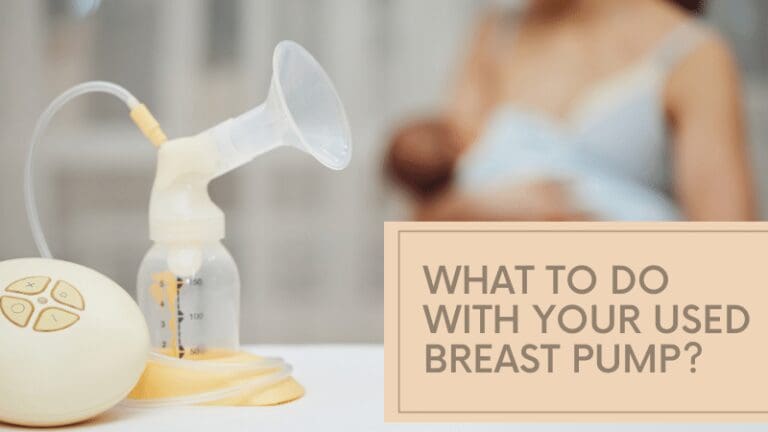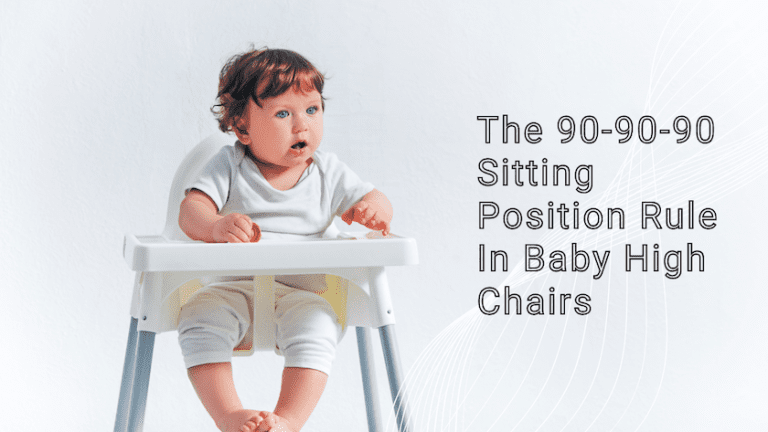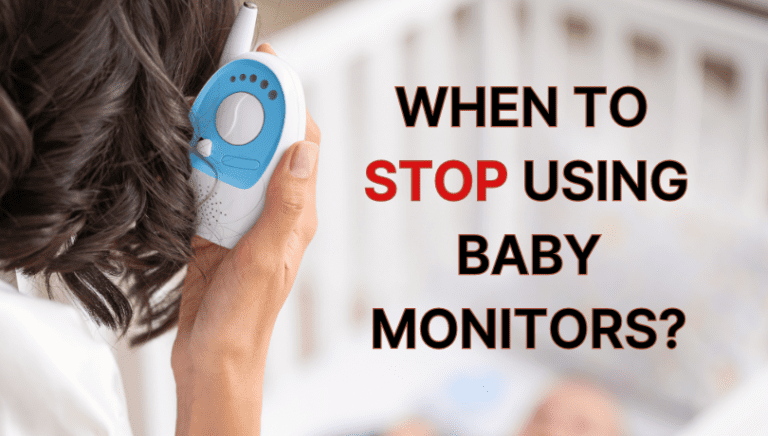Co Sleeper vs Bassinet: Which is Better for Babies?
Co-sleeping through room-sharing is pretty convenient. It was easy to feed and soothe my babies using co-sleepers and bassinets until they grew to about 4 to 6 months old. And I know the experienced moms out there agree with me!
But if you’re a new or expecting parent wondering what on earth these words mean, here’s a quick explanation:
- Co-sleepers and bassinets are sleeping spaces for newborns. They are both AAP-approved, just like cribs and other similar products.
But, co sleeper vs bassinet: which one should you get for your baby? Let’s talk it out.
I’ll explain more about bassinets, go through co-sleepers, give you scenarios for when each is useful, and answer some FAQs on co sleeper vs bassinets.

TL;DR
A co-sleeper is a TYPE of bassinet that can be attached bedside. It’s also called a bedside bassinet or a bedside sleeper.
Co-sleepers are great for keeping your baby close, reducing fussiness, and breastfeeding at nighttime. Beyond that, they help ease your burden if you’re dealing with postpartum stress or pain.
Table of Contents
What is a Bassinet?
This is what a bassinet looks like:
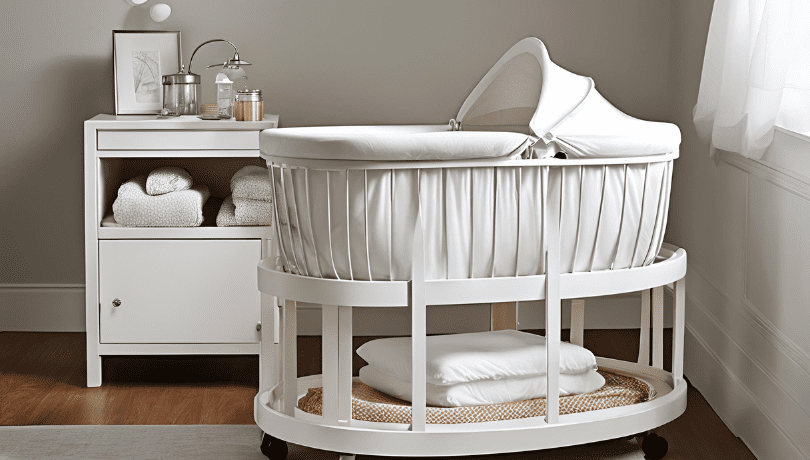
- Bassinets are a lot more compact than cribs, are more affordable, and come in different variations too.
- Many parents prefer bassinets specifically because they occupy less space and are easy to move.
- It also helps with room-sharing and feeding, which can be a blessing when you are caring for a newborn.
Further Reading – What is a Bassinet?
Kelleigh’s Tip:
Bassinets don’t have standard sizes, dear parents! They usually have a mattress or mattress pad that goes with it too.
So, simply use the mattress with the bassinet for a snug and safe fit, and try to avoid purchasing something separate.
Bassinets can be traditional, portable, bedside, or rocking types with subtle feature differences depending on the brand you buy from.
Learn More – What to Look For in a Bassinet, and What Are The Different Types?
What is a Co Sleeper?
A co-sleeper is a bedside bassinet that can be adjusted like this:

- In these bedside bassinets or co-sleepers, you’ll notice that one side can be rolled down and moved close to your bed.
- I love bedside bassinets because it’s a great way to keep your baby close and still have them in a safe sleeping space.
- It’s also easy for nighttime feeds, and particularly useful if you’re dealing with postpartum stress or pain after C-sections!
New parents always need time to adjust, and these co-sleepers help reduce the burden as much as possible.
Co Sleeper vs Bassinet: What Should You Choose?
Now, if you’re at a crossroads trying to choose between a co sleeper vs bassinet, I’d suggest that you ask yourself these questions:
- Are you suffering from postpartum anxiety, or are you in pain that makes it difficult to move around?
- Does your baby cry or fuss a lot when you are not around, especially at night?
- Does your baby wake up every few hours at night, wanting a feed?
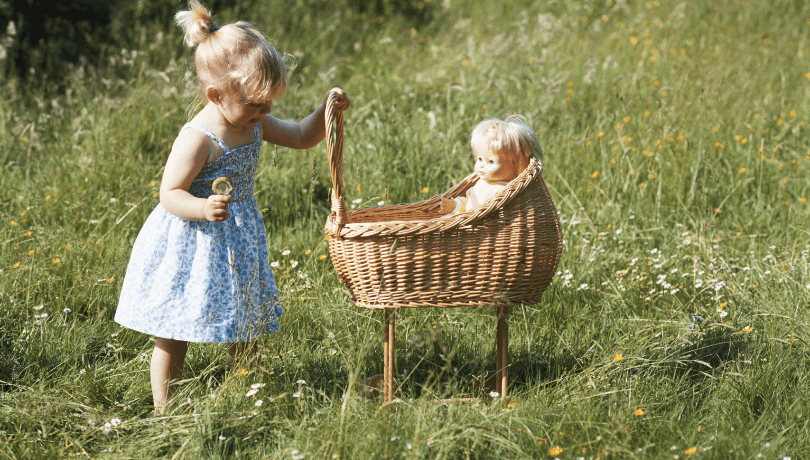
If your answer to these questions is a strong, resounding yes, I’d recommend the co-sleeper.
It comes with all the advantages of having a bassinet, plus you can move it close to your bed to soothe and feed your baby easier.
For most other cases, a portable, traditional, or rocking bassinet does the trick, especially if space constraints and portability are your primary concerns and your newborn sleeps soundly at night without fuss.
Don’t Want to Choose Between The Two?
You may not have to. Many bassinets today are convertible. The design will let you switch from a movable bassinet to a co-sleeper without too much fuss.
You’ve got great, affordable options out there with tons of extra features like rocking, storage, adjustable heights, and more.
FAQs on Co Sleepers vs Bassinets

1. Are Co-Sleepers the Same as Bedside Bassinets?
Yes.
Co-sleepers, bedside bassinets, or bedside sleepers all point to the same product. They have a foldable side section you can attach to the side of your bed to keep your baby close.
Some will probably have a few extra features like wheels, storage, mesh, or adjustable heights too.
2. Can My Baby Sleep in the Same Bed as Me?
No, dear parent. Bed-sharing is a huge no.
It increases the chances of SIDS, suffocation, strangulation, and entrapment for your baby. Just know that room-sharing using co-sleepers or bassinets is alright. It’s bed-sharing that’s always risky.
More Information – Is It Safe to Bed Share With a Newborn?
3. Are Bedside Bassinets Safe for Newborns?
Yes. You simply have to ensure you use it the right way. Follow safe sleep practices, make sure your bassinet stands sturdy, and keep your baby comfy in a ventilated room.
4. How Long Can Babies Sleep in a Co Sleeper or Bassinet?
Until they roll over or reach the recommended limits. Most baby products have an age and weight limit that manufacturers set. After that, it’s best to switch them to a crib.
Co-sleepers and bassinets are designed for use until your baby turns 4 to 6 months old. The more common ones also have a weight limit of about 15 to 20 pounds.
Always double-check the age and weight limits just in case because it’s different for different brands.
5. Do Bedside Bassinets or Co Sleepers Need a Sheet?
Not if it’s an extra sheet, especially if it’s loose-hanging or extra soft.
1. Most co-sleepers come with a well-fitted sheet. They can sometimes be removed and washed, too.
2. Beyond that one fitted sheet, I wouldn’t recommend adding any extra sheets or bedding since babies need to sleep on a firm, but bare mattress to avoid SIDS, suffocation, and other accidents.
Wrapping Up on Co Sleeper vs Bassinet
Bassinets are compact and portable alternatives to cribs, and you’ll find so many versions of them right on Amazon. You’ve got the traditional, rocking, portable, and more.
On the other hand, co-sleepers are also a type of bassinet. It’s also called a bedside bassinet because you can move the bassinet close to your bed while still having your babies in their own sleeping spaces.
Co-sleepers are fantastic for fussy babies who prefer you by their side. And dear mothers, I know just how distressing postpartum anxiety and pain can be. Co-sleepers can help reduce that burden for you.
How has your experience with co-sleepers been? Do you have any concerns about them? Please let me know.
Until next time, happy parenting!



